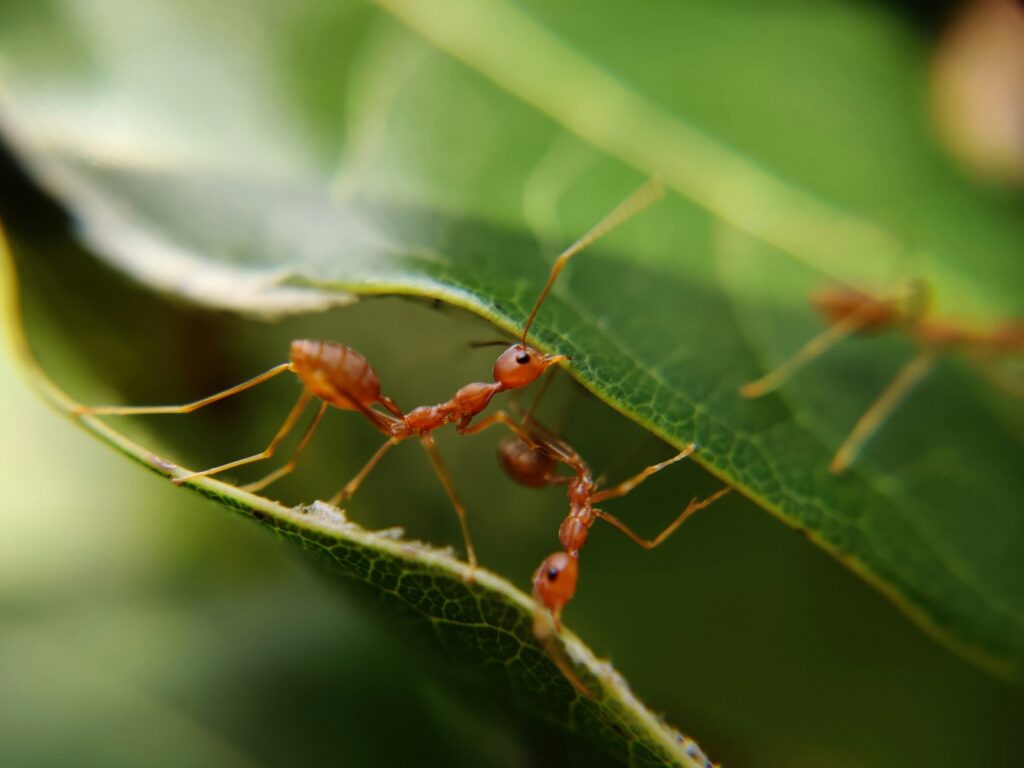In the intricate web of ecological relationships, insects often get a bad reputation as pests that damage crops and spread disease. However, many insect species serve as nature’s own pest control system, helping to maintain balance in ecosystems worldwide. These beneficial insects prey on or parasitize harmful pests, reducing their populations naturally without the need for chemical interventions. From the garden to agricultural fields, these tiny allies work tirelessly, often unnoticed, to protect plants from destructive organisms. Understanding and harnessing the power of these beneficial insects represents one of the most sustainable approaches to pest management, aligning human needs with natural processes that have evolved over millions of years.
The Ladybug: Aphid’s Worst Nightmare
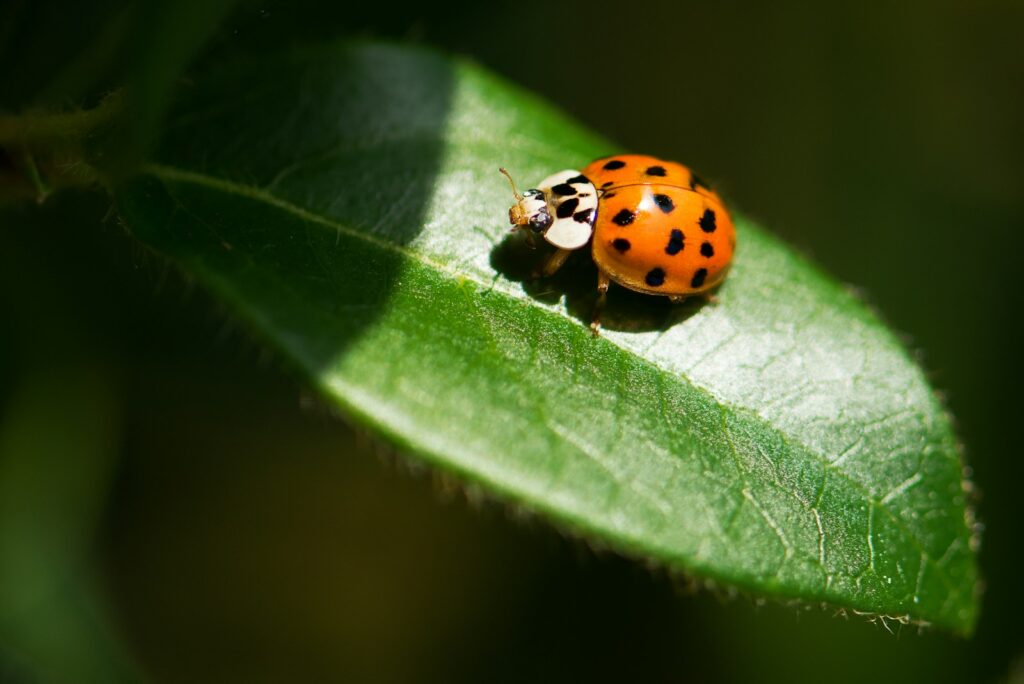
Ladybugs, with their distinctive spotted appearance, are among the most recognizable beneficial insects in gardens worldwide. A single ladybug can consume up to 5,000 aphids during its lifetime, making them incredibly efficient predators of these common plant pests. Both adult ladybugs and their larvae have voracious appetites, feeding on soft-bodied insects like scale insects, mealybugs, and mites that damage plants by sucking their sap. Many commercial growers purchase ladybugs in bulk to release in greenhouses and fields as a biological control method. Their effectiveness has made them symbols of good luck in many cultures, a reputation well-earned through their protective relationship with plants.
Praying Mantis: The Stealthy Ambush Predator
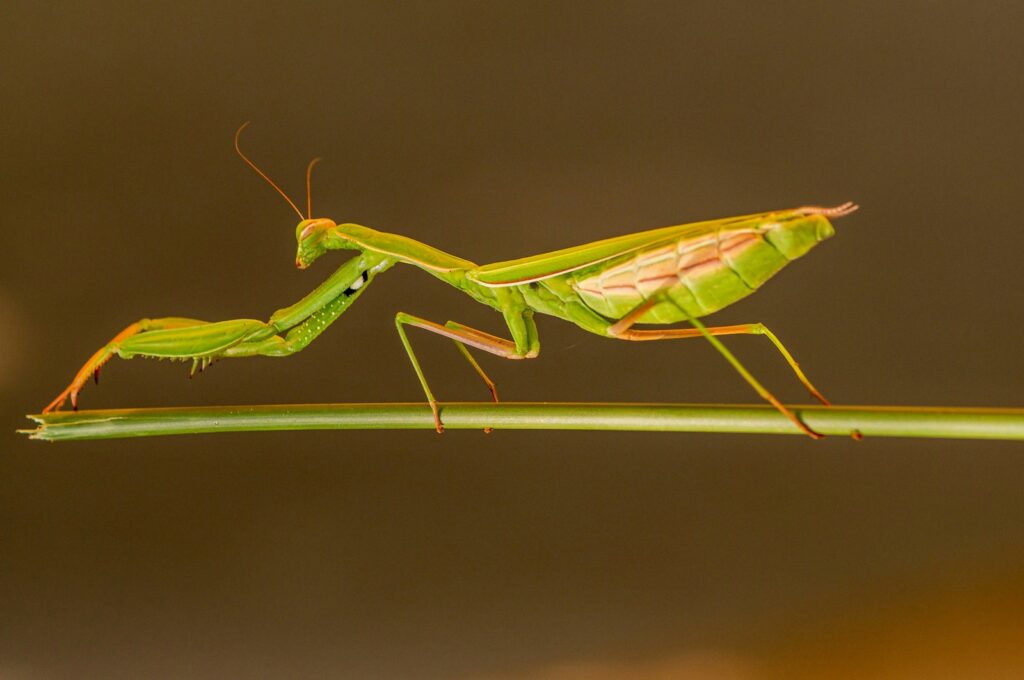
The praying mantis stands out among beneficial insects for its distinctive appearance and hunting strategy. These remarkable insects can rotate their triangular heads 180 degrees, allowing them to survey their surroundings while remaining motionless, waiting for prey to come within striking distance. Their powerful front legs, folded as if in prayer, can snap forward with lightning speed to capture insects ranging from flies and mosquitoes to caterpillars and even small vertebrates. A single mantis can consume dozens of pests daily, making them valuable allies in both gardens and agricultural settings. Though they are generalist predators that will eat beneficial insects as well as pests, their overall impact typically favors pest reduction in most ecosystems.
Parasitoid Wasps: The Invisible Guardians
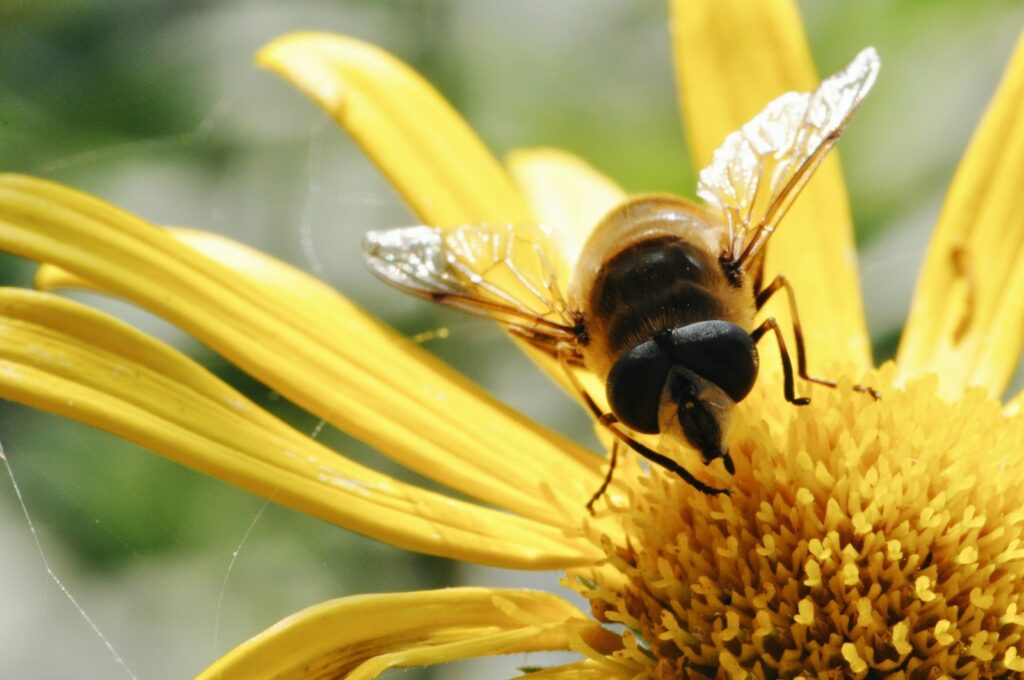
Unlike their more familiar relatives that build papery nests and deliver painful stings, parasitoid wasps often go unnoticed despite their crucial ecological role. These diverse insects, most measuring just a few millimeters in length, lay their eggs inside or on the bodies of host insects, where the developing larvae consume their hosts from the inside out. Different species target specific pests – braconid wasps attack caterpillars and aphids, trichogramma wasps target moth eggs, and ichneumon wasps parasitize various larvae. The tiny Encarsia formosa has become a commercial staple for controlling whiteflies in greenhouses worldwide. Researchers estimate that parasitoid wasps may be responsible for controlling up to 80% of potential pest insect populations in some ecosystems.
Lacewings: Delicate Appearance, Ferocious Appetite
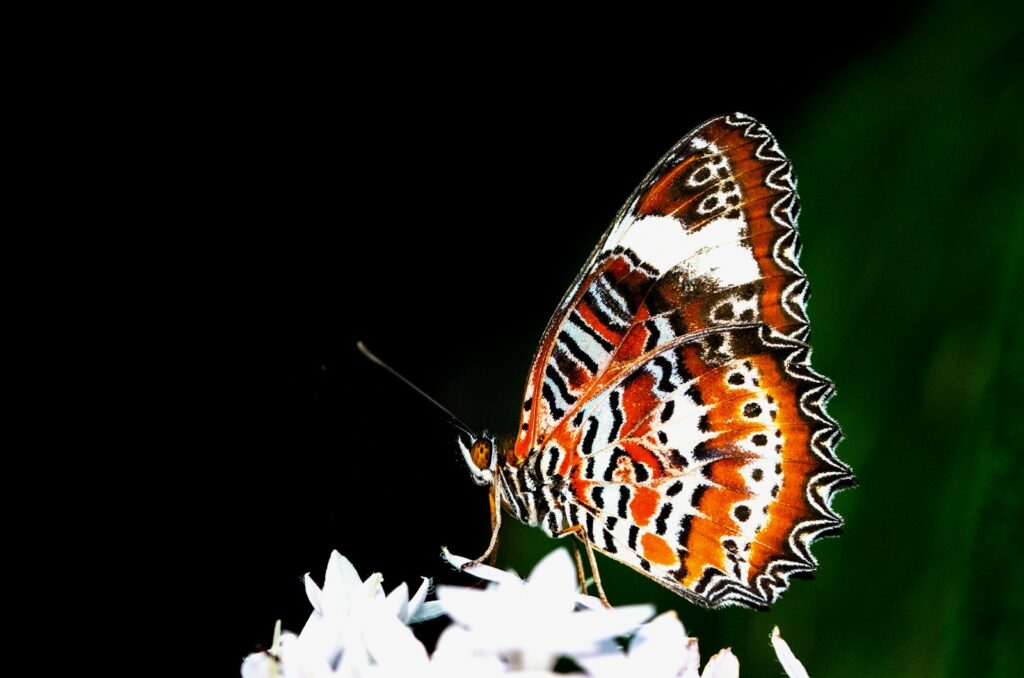
Green lacewings combine ethereal beauty with predatory effectiveness, making them valuable allies in pest management. While adult lacewings primarily feed on nectar and pollen, their larvae – aptly nicknamed “aphid lions” – are voracious predators that consume aphids, thrips, mealybugs, whiteflies, and small caterpillars at an impressive rate of up to 200 per week. Female lacewings employ a fascinating egg-laying strategy, depositing each egg at the end of a slender stalk to protect them from cannibalism by their own hatching siblings. These beneficial insects are now commercially available for release in gardens and farms, where they provide targeted pest control while causing no harm to plants. Their sensitivity to pesticides makes them important indicators of ecosystem health in agricultural systems.
Ground Beetles: Nighttime Patrol Squad

Ground beetles represent one of the largest families of beetles, with over 40,000 species worldwide patrolling soil surfaces in search of prey. These predominantly nocturnal hunters possess powerful mandibles and quick reflexes that make them effective predators of slugs, snails, cutworms, and many soil-dwelling pests that damage plants at the root level. Most species are flightless and remain close to the ground, where they hide under rocks, logs, and leaf litter during daylight hours before emerging to hunt at night. Their long lifespan – up to four years for some species – allows individual beetles to consume thousands of pests over their lifetime. Creating beetle-friendly habitats with ground cover and minimal soil disturbance can significantly increase their beneficial presence in gardens and agricultural settings.
Hoverflies: The Aphid-Eating Pollinators
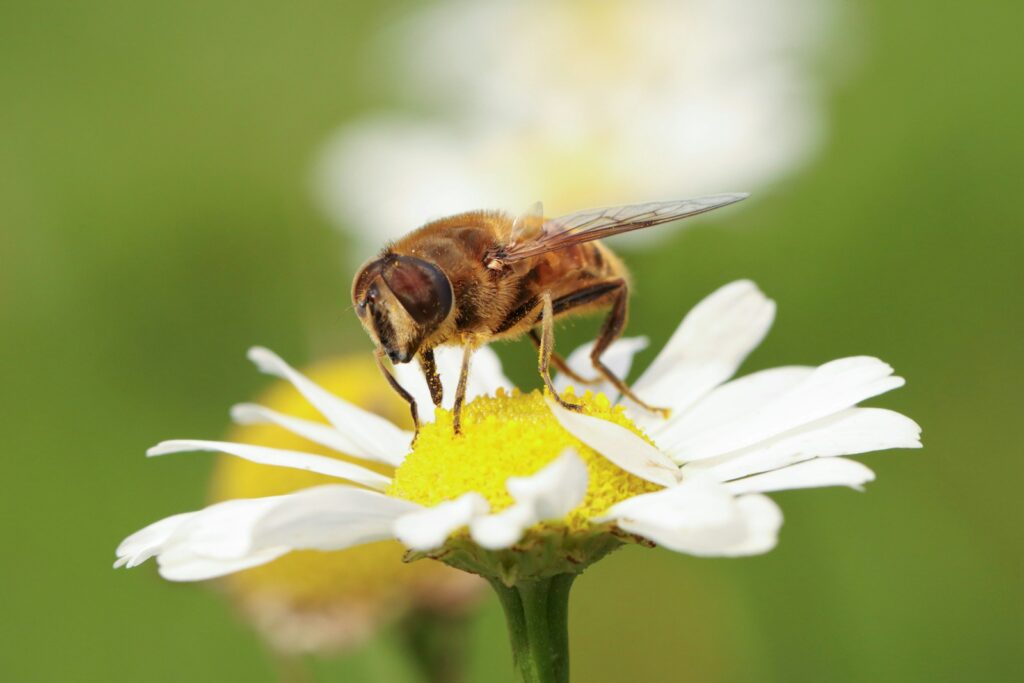
Hoverflies represent a remarkable dual-purpose beneficial insect, with adults that mimic the appearance of bees or wasps while serving as important pollinators. The larvae of many hoverfly species are voracious predators that specialize in consuming aphids – a single larva can devour up to 400 aphids during its development. This remarkable feeding capacity makes hoverflies particularly valuable in agricultural settings where aphids threaten crop yields. Adult hoverflies feed on nectar and pollen, making them excellent pollinators that complement the work of bees in gardens and farms. Their ability to hover in mid-air, a feat that gives them their common name, allows them to remain suspended while searching for both food sources and egg-laying sites where their predatory offspring will find abundant prey.
Assassin Bugs: Skilled Hunters with Specialized Tools
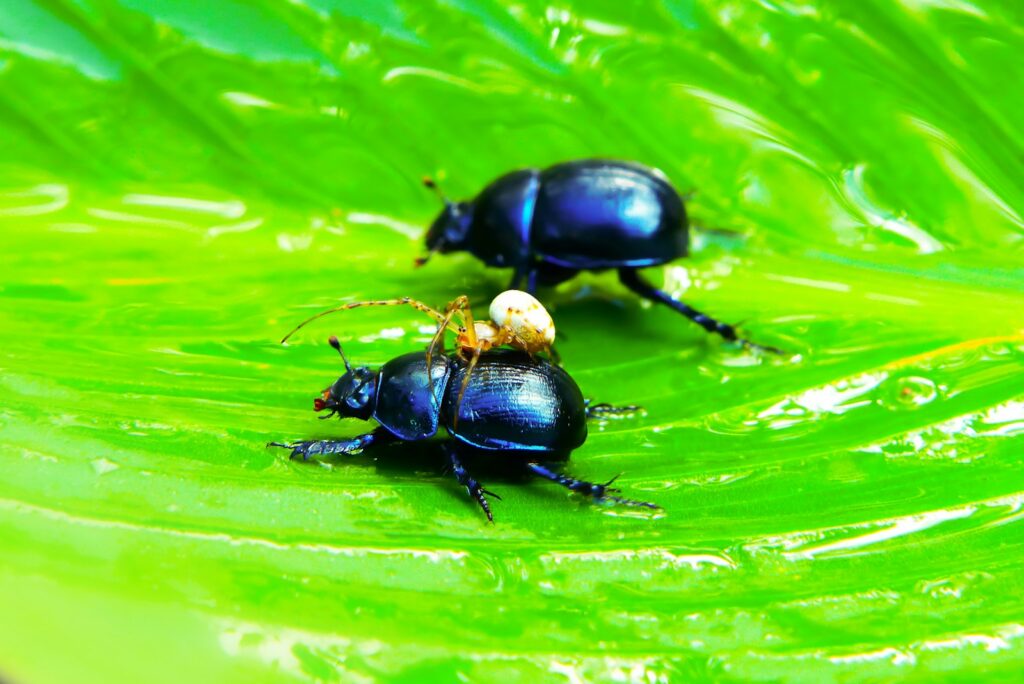
Assassin bugs have evolved as efficient predators equipped with specialized hunting adaptations that make them effective controllers of many pest species. Their most distinctive feature is a curved proboscis – a modified mouthpart that can be thrust forward to pierce prey and inject digestive enzymes that liquefy their victims’ internal tissues. This adaptation allows assassin bugs to prey on insects much larger than themselves, including caterpillars, beetles, and flies that damage crops. Some species, like the wheel bug, add further weaponry in the form of a distinctive cog-like crest on their thorax and powerful grasping front legs. Gardeners should appreciate these beneficial predators while giving them appropriate respect – their defensive bite, delivered with the same proboscis used for hunting, can be painful to humans who handle them carelessly.
Spiders: The Web-Weaving Pest Controllers
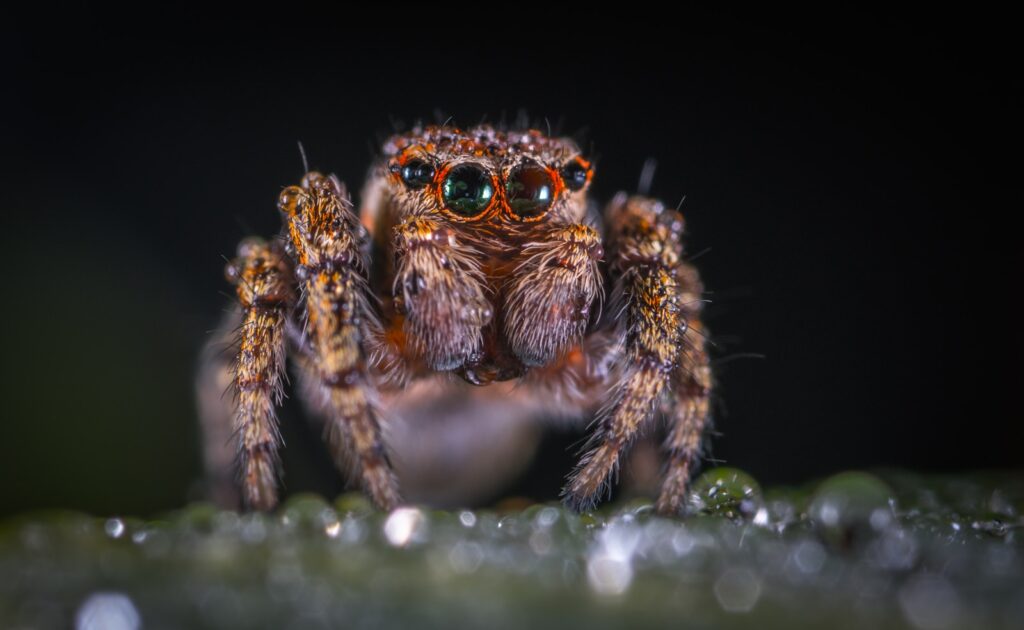
Though technically arachnids rather than insects, spiders deserve recognition as some of nature’s most effective pest controllers. These eight-legged predators employ various hunting strategies – from the familiar orb webs that trap flying insects to active hunting methods where spiders pursue prey across surfaces. Research suggests that the global spider population consumes between 400-800 million tons of prey annually, much of it consisting of insects that would otherwise damage plants. Garden spiders like orb weavers capture mosquitoes, flies, and moths, while wolf spiders patrol garden soil for crawling pests. Unlike many insect predators that target specific pests, spiders function as generalist predators that help maintain overall balance in insect populations across ecosystems.
Dragonflies and Damselflies: Aerial Mosquito Hunters
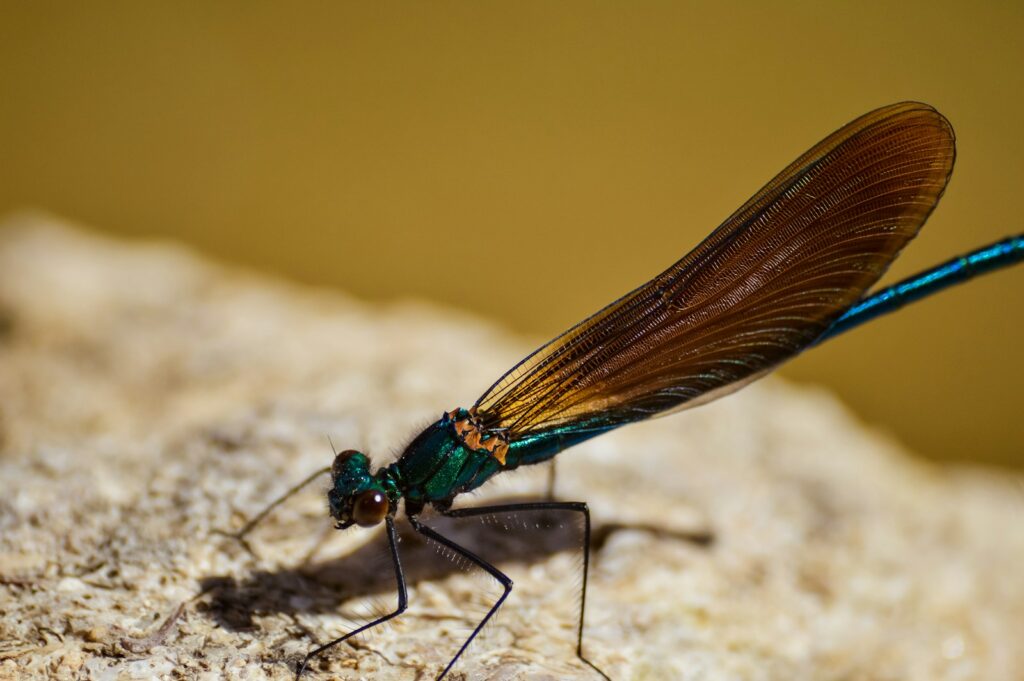
Dragonflies and their more delicate relatives, damselflies, represent some of nature’s most efficient aerial predators, with adaptations that make them particularly effective at controlling mosquito populations. Both adult dragonflies and their aquatic nymphs are predatory – adults capture mosquitoes and other flying insects on the wing, while the nymphs feed on mosquito larvae in water bodies. A single dragonfly can consume hundreds of mosquitoes daily, earning them the nickname “mosquito hawks” in many regions. Their exceptional flying abilities include hovering, flying backward, and achieving speeds up to 30 mph, allowing them to intercept prey with remarkable precision. Creating or maintaining water features that support dragonfly reproduction can be an effective natural strategy for reducing mosquito problems in residential and agricultural areas.
Tachinid Flies: The Parasitic Controllers

Tachinid flies may resemble house flies to casual observers, but their ecological role couldn’t be more different – they function as important parasitoids of many agricultural pests. Female tachinid flies lay eggs on or inside host insects, including many caterpillar species that damage crops. Upon hatching, the maggots develop inside their living hosts, gradually consuming them from within and eventually causing death. Some species target specific pests like Japanese beetles, gypsy moth caterpillars, or squash bugs, making them valuable allies in targeted pest management strategies. With over 10,000 species worldwide, tachinid flies collectively parasitize a tremendous range of pest insects and play a crucial role in preventing outbreaks of many potential pests. Their effectiveness has led researchers to introduce certain tachinid species to new regions specifically for biological control programs.
Predatory Mites: Microscopic Defenders

Predatory mites demonstrate that effective pest control can come in remarkably small packages, with many beneficial species measuring less than a millimeter in length. These tiny arachnids specialize in hunting pest mites that damage plants by feeding on leaf cells, with species like Phytoseiulus persimilis specifically targeting destructive spider mites. A single predatory mite can consume dozens of pest mites daily, with females laying eggs near prey colonies to ensure their offspring have abundant food upon hatching. Commercial production of predatory mites has revolutionized pest management in greenhouses and specialty crops, where their targeted control of pest mites often proves more effective than chemical alternatives. Their small size and specificity make them ideal for integrated pest management programs, as they can control pests in hard-to-reach plant structures where sprays might not penetrate.
Supporting Beneficial Insects in Gardens and Farms

Creating environments that support beneficial insects represents one of the most sustainable approaches to pest management. Providing diverse flowering plants that offer nectar and pollen throughout the growing season helps sustain adult beneficial insects like hoverflies, parasitoid wasps, and lacewings that require these resources. Minimizing pesticide use proves critical, as most insecticides kill beneficial species alongside pests, often leading to worse infestations when pests recover more quickly than their natural enemies. Physical habitat features like rock piles, undisturbed soil areas, and perennial plantings offer overwintering sites for ground beetles, spiders, and other beneficial predators. Water sources, from small puddles to proper ponds, support dragonflies and other beneficial insects that require aquatic environments for part of their lifecycle. Committed gardeners and farmers can even purchase beneficial insects from commercial suppliers to establish or supplement populations in their growing areas.
The Future of Biological Pest Control
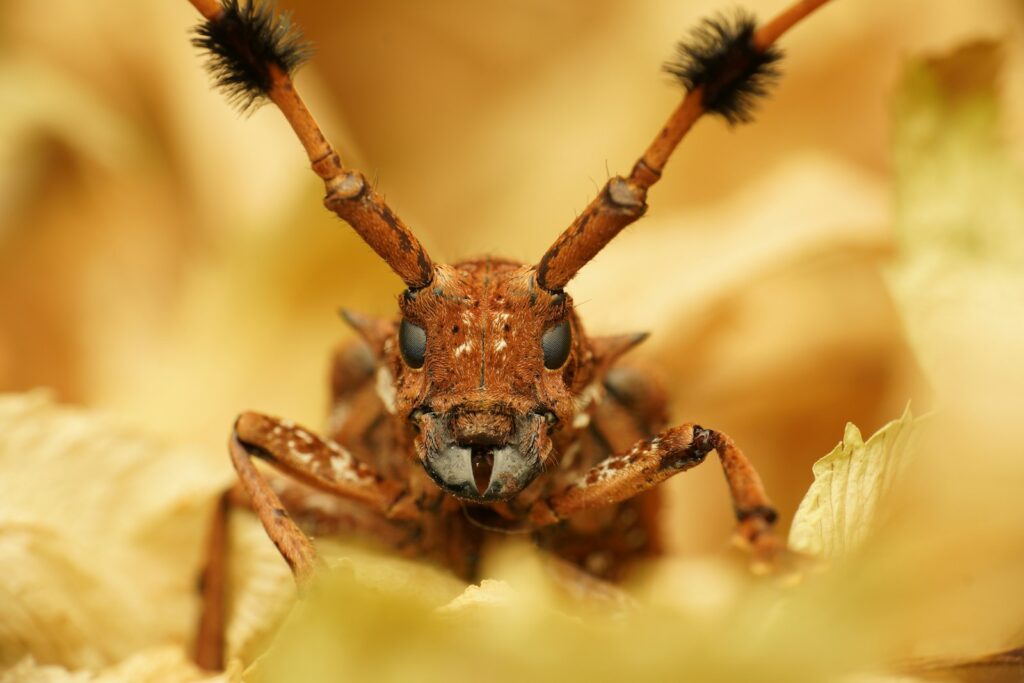
The growing recognition of beneficial insects’ importance is reshaping approaches to pest management worldwide. Scientific research continues to discover new beneficial species and better understand how existing ones can be effectively integrated into agricultural systems at various scales. Technological advances in monitoring beneficial insect populations and their impacts help growers make informed decisions about when additional interventions might be necessary. Climate change presents both challenges and opportunities, as shifting ranges may bring new beneficial insects to regions while potentially disrupting long-established ecological relationships. Public education efforts increasingly highlight the positive roles insects play, helping to counter the reflexive fear or disgust many people feel toward insects generally. As concerns about pesticide impacts on human health and environmental quality continue to grow, nature’s own pest controllers are likely to become increasingly central to sustainable food production and ecosystem management.
Conclusion
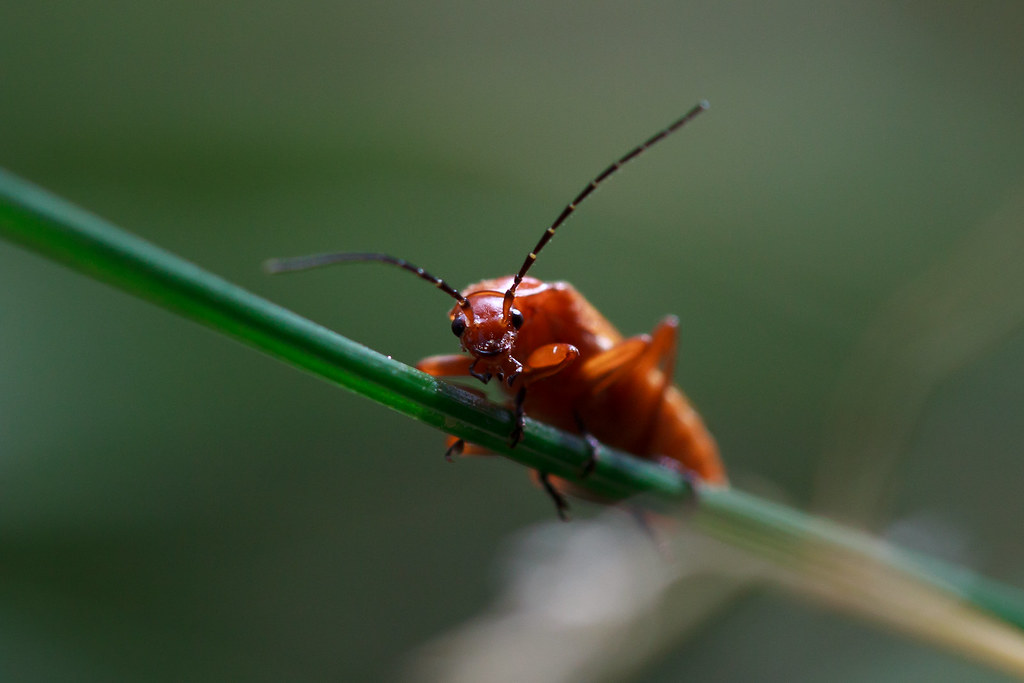
Understanding and supporting the insects that act as nature’s pest control represents a fundamental shift in how we approach the challenge of protecting plants from damage. Rather than viewing all insects as enemies to be eliminated, this approach recognizes the complex ecological relationships that have evolved over millions of years. By working with these natural systems rather than against them, gardeners, farmers, and land managers can achieve effective pest management while reducing environmental impacts and promoting biodiversity. The tiny predators and parasitoids that patrol our plants may go largely unnoticed, but their collective impact helps sustain the ecological balance upon which all life ultimately depends.

